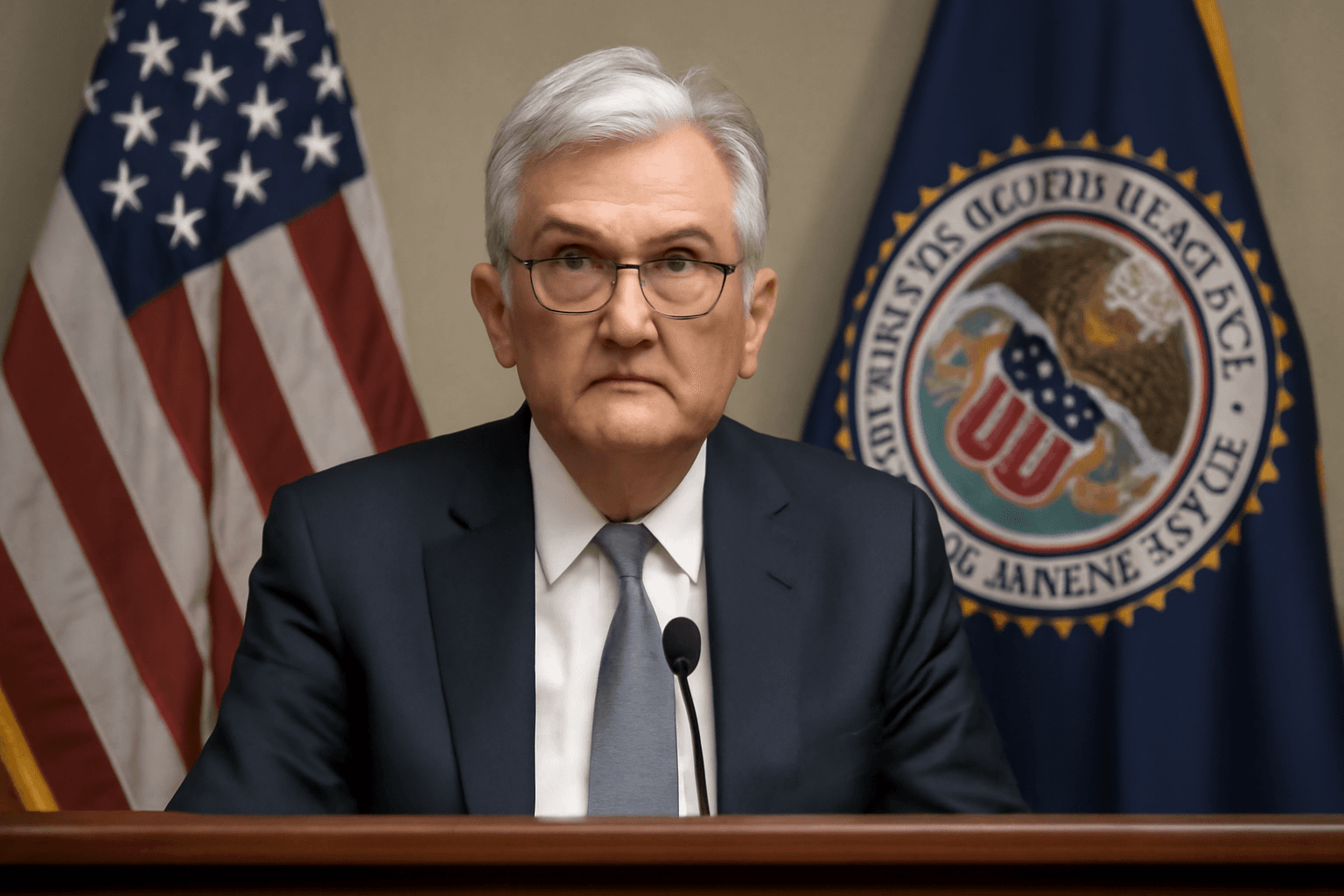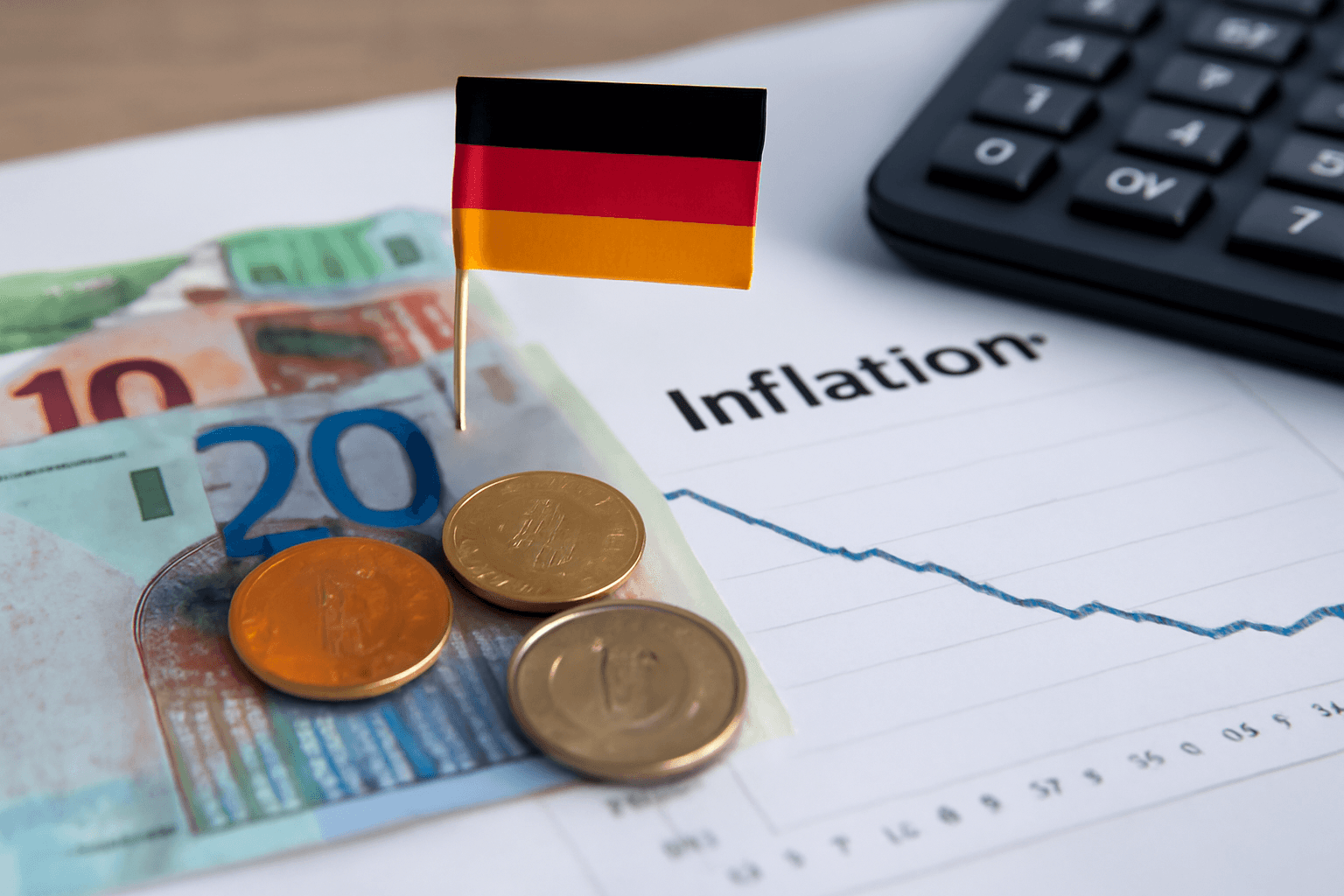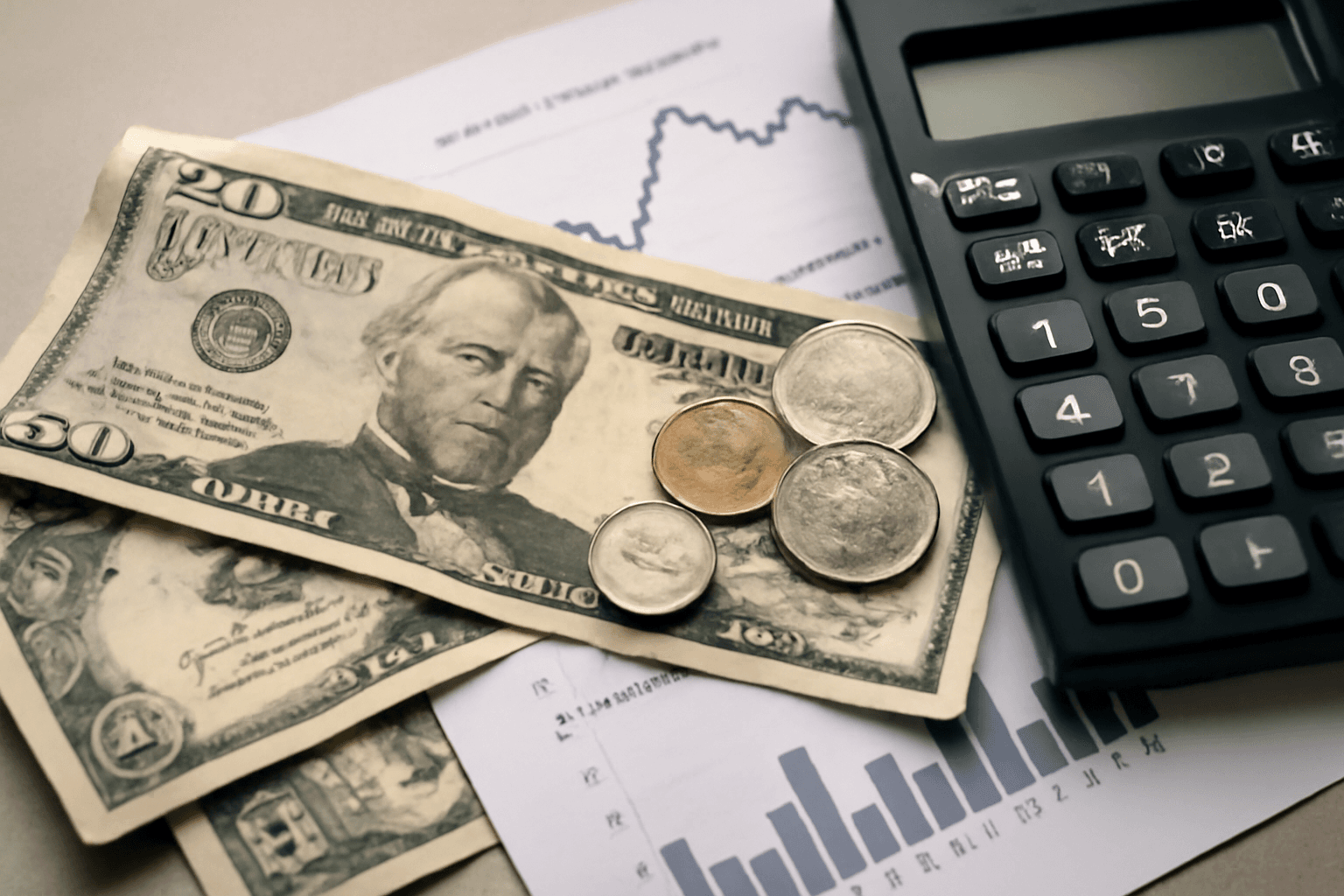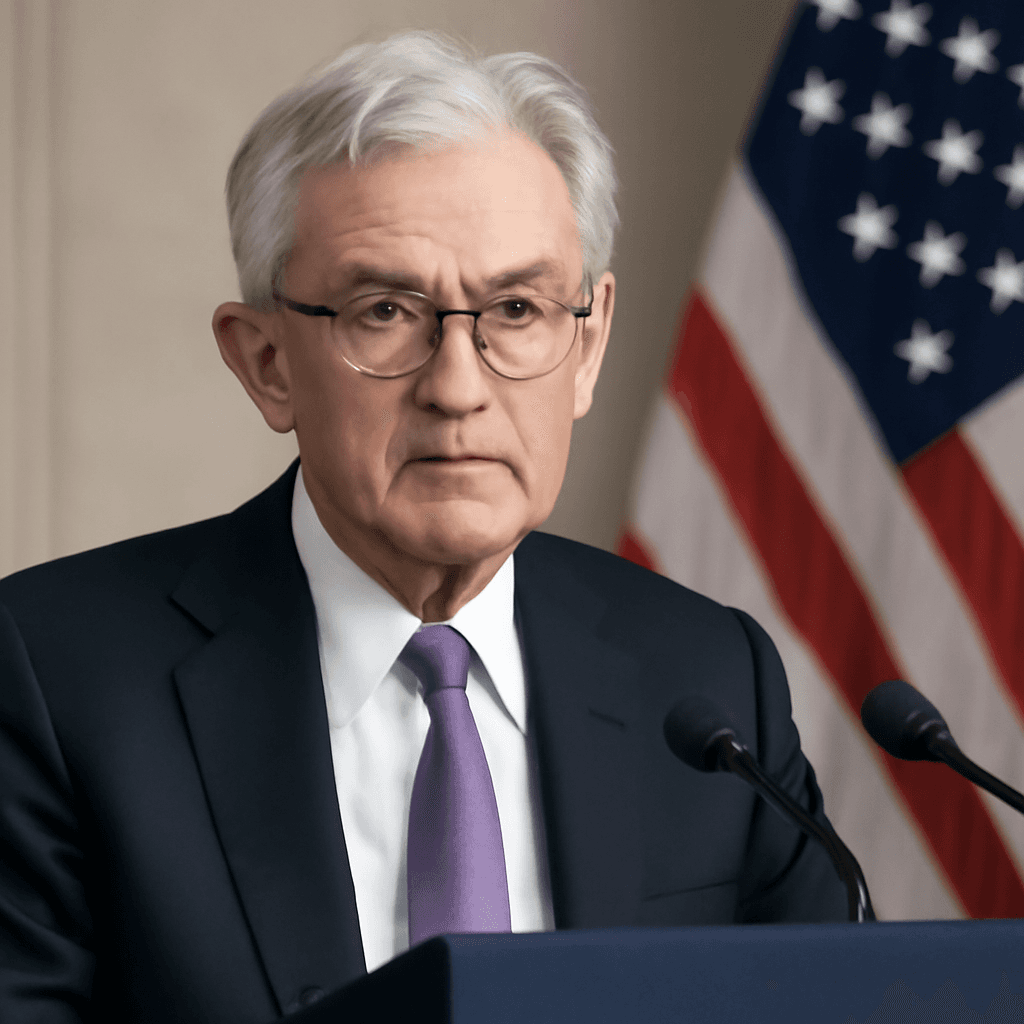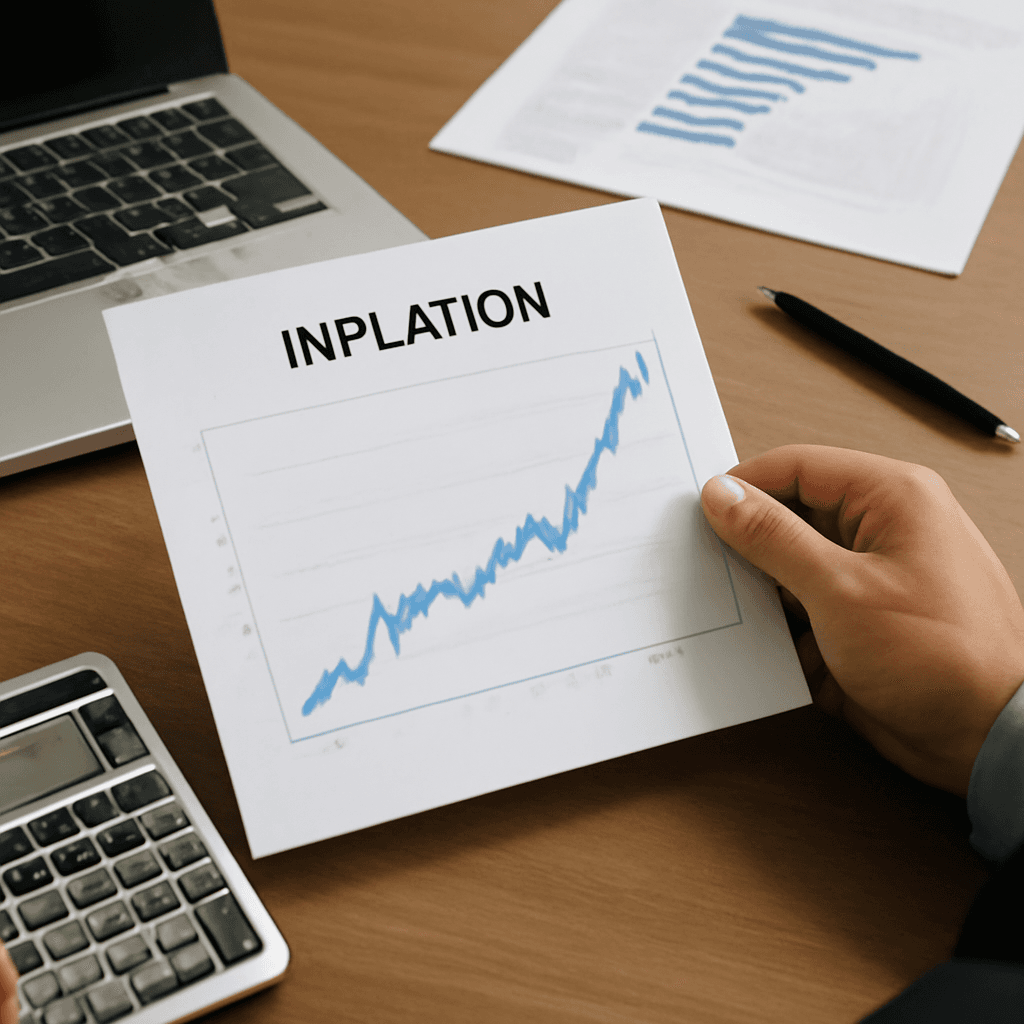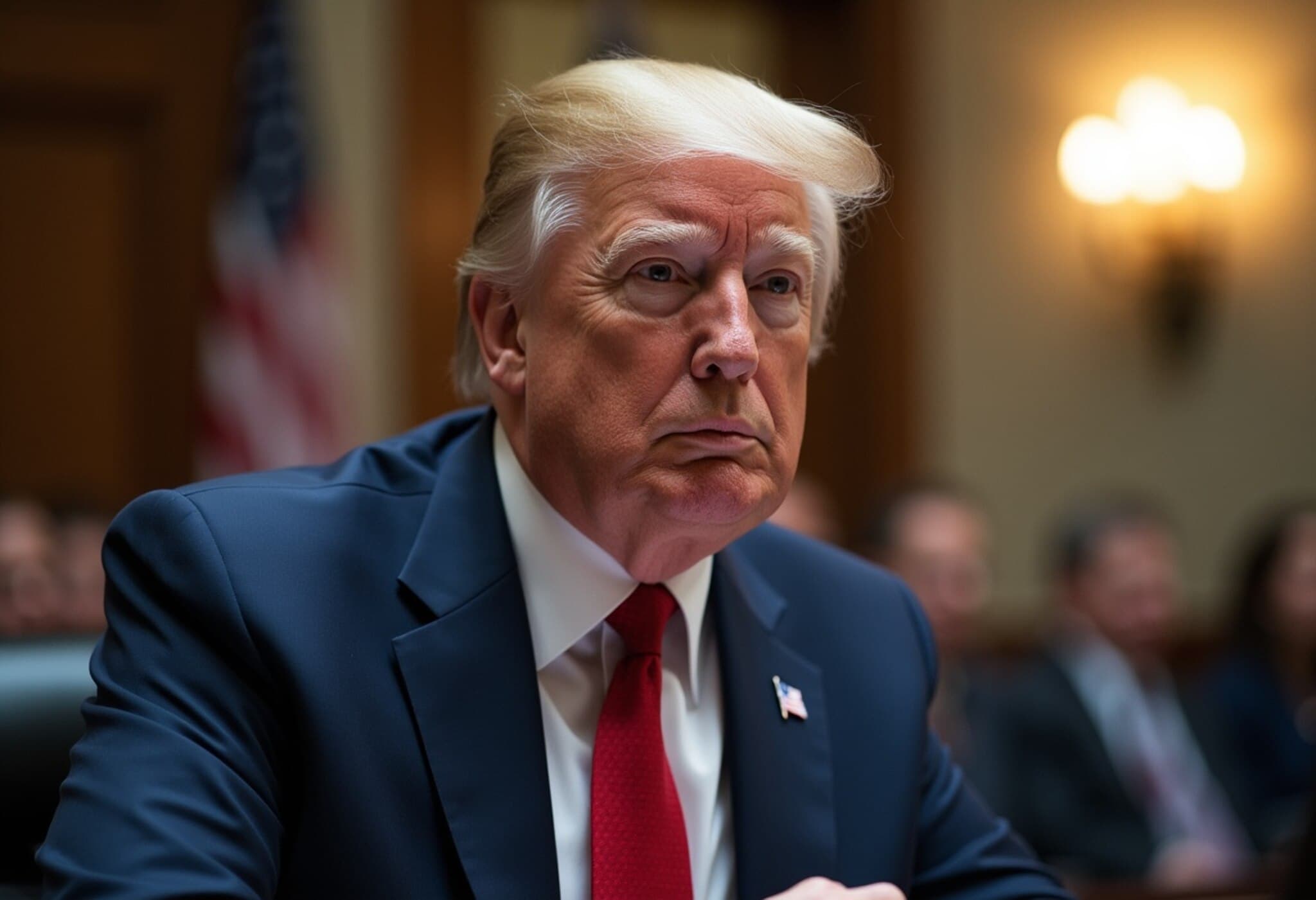Wholesale Inflation Holds Steady in June Despite Tariff Pressures
The latest figures from the U.S. Bureau of Labor Statistics (BLS) reveal a surprising stagnation in wholesale inflation for June, challenging earlier forecasts and casting new light on the economic impact of ongoing tariff policies. The Producer Price Index (PPI), a key gauge of prices at the wholesale level, remained flat month-over-month, defying economists’ expectations of a 0.2% rise.
Producer Price Index Flatlined, Core PPI Aligns
Both the headline PPI and its core counterpart—which excludes volatile food and energy prices—did not budge in June. This defied Wall Street’s consensus that anticipated slight increases across the board. While headline PPI held steady, a nuanced breakdown shows that prices for final demand goods rose by 0.3%, tempered by a 0.1% decline in services prices. These mixed movements highlight underlying complexities in inflationary dynamics.
Tariff-Sensitive Goods Show Price Movements
Within the goods category, communication equipment, which has felt the squeeze from U.S.-China tariff escalations, recorded a noticeable 0.8% price uptick. Core goods prices overall climbed 0.3%, signaling some inflationary pressure, especially in tariff-impacted sectors. However, these gains were largely offset by declines elsewhere, leaving the wholesale inflation figure flat.
Revised May Numbers Point to Uptick, But Annual Inflation Softens
The BLS also upwardly revised May’s PPI increase from 0.1% to 0.3%—the largest goods price gain since February—emphasizing volatility in recent price trends. Year-over-year, headline PPI eased to 2.3% in June, the lowest since September 2024, down from 2.7% in May. Similarly, core PPI decelerated to 2.6%, its smallest annual gain since July 2024.
Consumer Price Index and Fed Policy Outlook
The wholesale data complements Tuesday's consumer price index (CPI) report, which posted a 0.3% monthly rise with annual inflation holding at 2.7%, while core inflation remained steady at 2.9%. All figures still hover above the Federal Reserve’s 2% target, fueling ongoing debates over monetary policy.
Amid this backdrop, former President Donald Trump reiterated calls for interest rate cuts to alleviate borrowing costs. However, bond markets and Federal Reserve officials appear skeptical, pricing in minimal chances of cuts during the upcoming July Fed meeting—and tapering expectations for September as well.
Fed policymakers continue to exercise caution, preferring to monitor the tariff impact before altering rates, confident in the economy’s current resilience.
Energy, Food Prices Show Mixed Trends
- Energy prices climbed 0.6% in June, reflecting higher fuels costs.
- Food prices edged up 0.2%, yet within this category, chicken eggs plummeted 21.8%, a remarkable drop highlighting supply-side fluctuations.
Expert Perspective: The Tariff-Inflation Paradox
While tariffs have long been feared as a driver of spiraling inflation, these latest wholesale price readings suggest a more nuanced reality. The data indicate that despite selective price pressures on tariff-sensitive goods, broader inflation remains contained—at least temporarily. Experts emphasize that inflation’s trajectory depends heavily on how tariffs and trade policies evolve alongside supply chain dynamics and domestic demand.
For American consumers and businesses, the key question remains: Will tariffs eventually filter through supply chains to trigger sustained price hikes, or are current protections and market adjustments mitigating their impact?
Market Reaction and Looking Ahead
Following the PPI report, stock futures rebounded while Treasury yields dipped, signaling investor relief. This reaction underscores the markets’ ongoing focus on inflation signals as a barometer for Federal Reserve policy moves.
As policymakers prepare for their July meeting, the data add a layer of ambiguity: while inflation remains above target, wholesale prices’ pause offers some breathing room. This delicate balance will test the Fed’s judgment and influence economic strategies for the remainder of the year.
Editor’s Note: Parsing Inflation Amid Policy Crosswinds
The June PPI report illustrates the complex interplay between tariffs, wholesale costs, and inflation expectations in the U.S. economy. It raises critical questions about how tariff-driven price pressures on specific goods reconcile with the overall inflation trend. Readers should watch for upcoming trade negotiations, supply chain developments, and Federal Reserve guidance to better understand the evolving inflation landscape and its impact on everyday costs.



